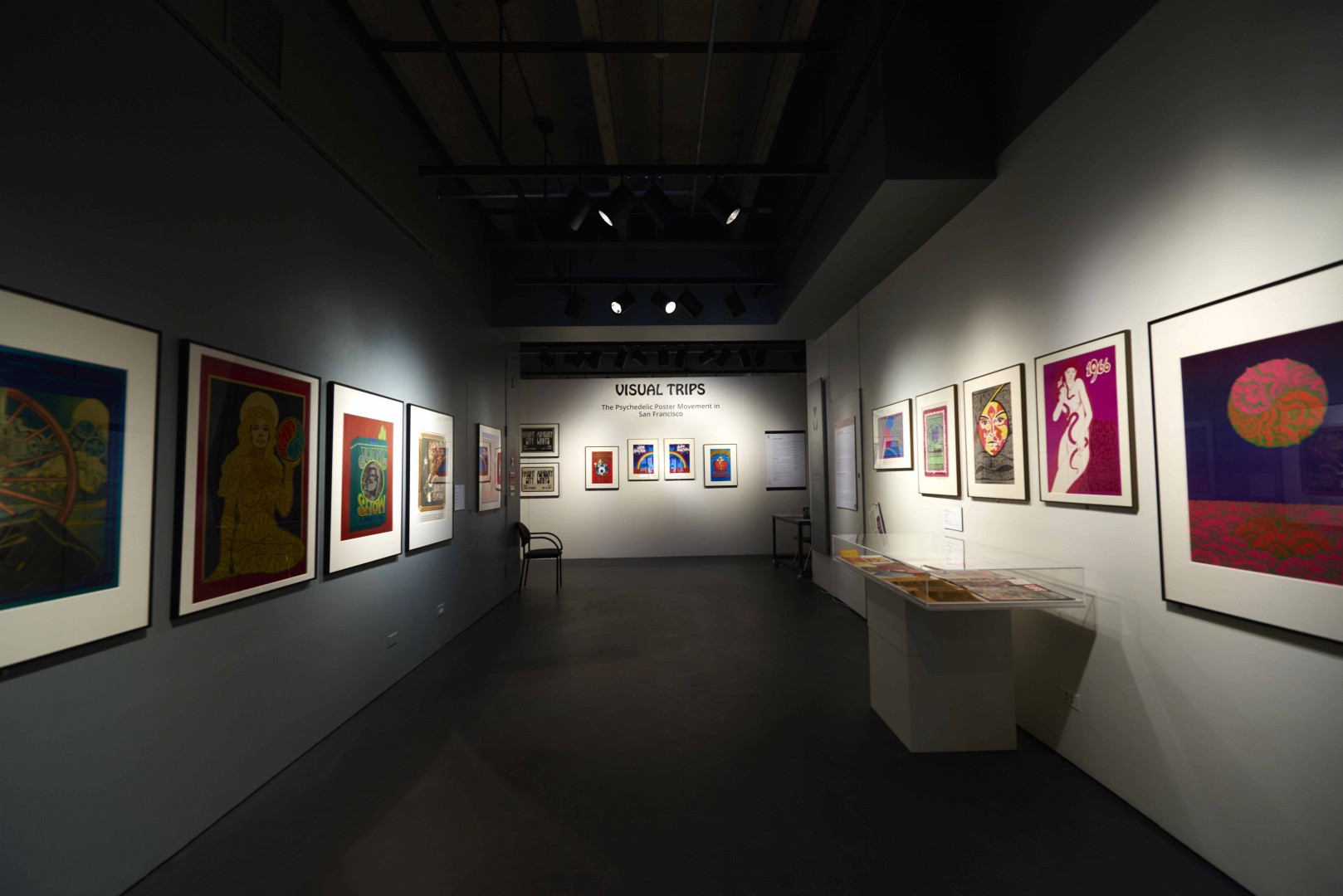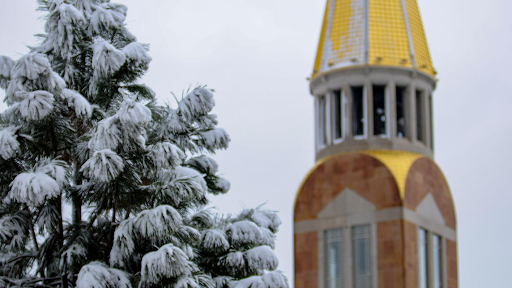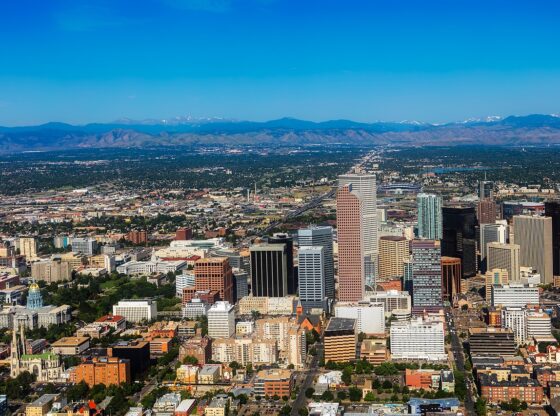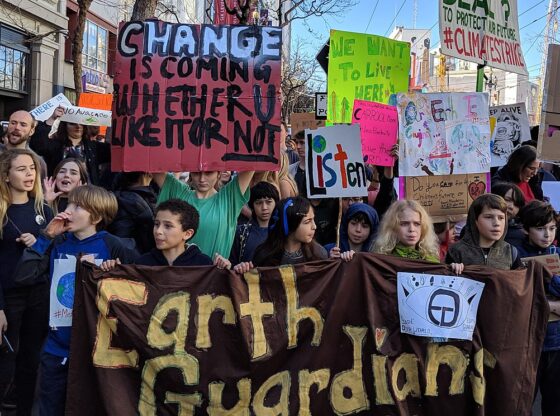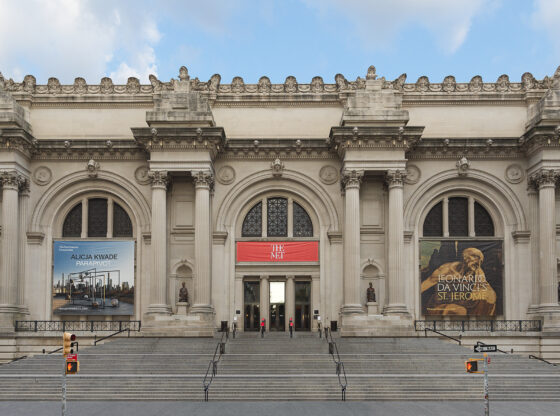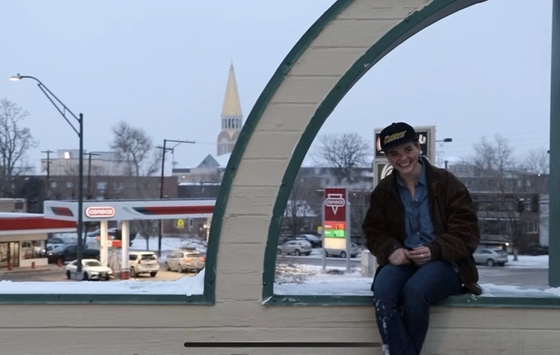Morphing images. Breathing lines. Contrasting colors so intense they look like Day-Glo. A girl with hands for hair, feet, a neck and every other appendage. Concert posters so artistic and complex that one could stare at them for hours just to find information about the set-list and location within their rich imagery.
This is “Visual Trips: the Psychedelic Poster Movement in San Francisco,” the conclusion of the Vicki Myhren Gallery’s Sesquicentennial special programs. The exhibition features posters and production materials from the psychedelic movement of the mid ‘60s and early ‘70s, running from Oct.3 to Nov. 16 in the Shwayder Art Building (next to the Ritchie Center). The gallery is free to the public.
The show came to fruition when two local collectors approached the gallery about displaying their collections of these artifacts. The exhibit had to be put together very quickly, although this haste is certainly not reflected in the careful and articulate display of the items. Dr. Scott Montgomery, associate professor of art history at DU and a trained medievalist, sought to create an exhibit in which the art was taken seriously as a movement, not just as ‘trippy rock art’.
“We wanted to create a visual playground, as well as a place for people to study this art. This is a legitimate art movement, and should be respected as every other art movement,” said Montgomery.
Indeed, the posters are certainly not just advertisements. In fact they can hardly be considered advertisements at all, to the point of being almost ‘anti-advertising’. Instead of quickly relaying information to viewers, they demanded time and investment. Many of the posters feature lettering that is so intricate that it is illegible or so entwined in the art that it is almost hidden.
“The posters invite people on a visual ‘trip.’ People had to look at this poster and say, I want to be there because of the vibe it gave, because often you couldn’t read who was playing or where. People really had to want to come,” said Montgomery.
The gallery opens on a reflection of the times in which this movement matured: a poster advertising a rock concert, and, below it, a draft notice compelling the receiver to report to duty, both on the same day. While some young people were leaving to enjoy the music and company of a show, others were facing most young peoples’ worst nightmare—having to fight in Vietnam.
“This movement was the visual identity of counter-culture. It was about both the unbridled exploration of the senses, and the idea of ‘us vs. them,’ which resonated in the culture of the time,” said Montgomery.
The idea of advertising a cultural code is prominent in the works. Imagery of outlaws and Native Americans conveyed a sense of the ‘wild west’ and ‘otherness’. Subtle drug references are featured throughout with different color schemes or small details, like a repeating pattern in the background of a poster being made to look like LSD blotting paper. These were created to fly right over the heads of those not in-the-know, or ‘‘off the bus’’. However, the movement is certainly not all about drugs.
“We know that a lot of the artists began using this style before they used drugs,” said Montgomery. “The psychedelic movement is about consciousness expanding in general, sort of in a way that yoga might be today. The artists reveled in visual play and the joy of surprise. It’s about expecting the unexpected.”
Of course, posters are not the only things on display at the gallery. Rare processing artifacts, including original drawings and acetate papers, help viewers understand the actual process of making the posters, from the original sketches to the printing itself.
The crown jewel and grand finale of the exhibit are the 4 dimensional posters, displayed together for the first time with special lighting to allow for a full experience. LED lights pulse between blue and red, and the posters come to life before viewers’ eyes. Made with ink that cancels out each respective color, the posters appear to move and change.
For all of the ‘trips’ featured in the exhibit, this is certainly the most captivating. The more you look at the posters the more they seem to move, and the effect is entrancing.
If you want to experience a fun and captivating art exhibit unlike any other you have experienced before, come to Visual Trips. You’ll be glad you did.
The gallery is open from Tuesday to Sunday, 12-5 p.m., and until 7 p.m. on Thursdays.
More information can be found on the gallery’s website at http://vicki-myhren-gallery.du.edu.
